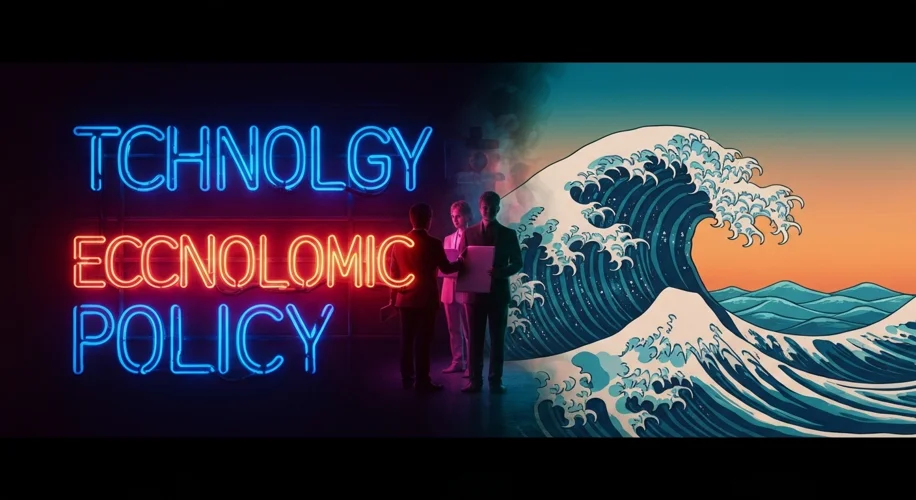It’s August 2025, and the world of work feels like it’s in constant motion. As someone who spent decades in the tech trenches, I’ve seen firsthand how fast things can change. Today, it’s not just about faster processors or smarter algorithms; it’s about how these advancements, woven together with economic policies, are fundamentally reshaping where and how we earn a living.
Think about artificial intelligence. We’re past the initial awe of AI writing poems or creating art. Now, it’s deeply embedded in businesses, automating tasks, analyzing data at speeds we couldn’t imagine, and even influencing hiring decisions. This technological leap is undeniable, but it also raises critical questions about worker displacement. Are certain jobs on the way out? And if so, what’s our plan for the people in those roles?
This isn’t a purely technological issue, though. Economic policies play a massive role. Consider how government policies might affect the availability of skilled labor, the cost of doing business, or the incentives for companies to invest in new technologies. For example, the ongoing discussions around visa programs for skilled workers directly impact the talent pool available for tech companies. Similarly, economic policies that encourage or discourage automation can tip the scales on whether a business invests in new tech that might replace human workers or in tech that augments their capabilities.
From my perspective, the conversation needs to move beyond just efficiency. We must ask ourselves: what kind of future workforce do we want to build? When I look back at my career, the biggest shifts weren’t just about new software; they were about how people adapted to it. Now, with AI and automation accelerating, that adaptation period is under immense pressure.
We also see trends like the gig economy and the increasing demand for specialized skills. These aren’t happening in a vacuum. They are shaped by economic conditions, by regulatory environments, and by the very technologies that enable them. A policy that supports lifelong learning or retraining initiatives, for instance, could be a crucial counterweight to the displacement caused by automation.
It’s easy to get caught up in the hype of new technology, but the real story is how it interacts with our economic structures and, most importantly, with people. The potential for AI and advanced technology to improve productivity and create new opportunities is immense. However, it’s also important to acknowledge the potential for disruption and ensure that our economic policies are forward-thinking, ethical, and designed to support a smooth transition for everyone. The key question remains: how do we harness these powerful tools to build a more prosperous and equitable future of work?
We need a more nuanced approach, one that balances technological progress with a deep consideration for its societal impact. It’s a complex challenge, but one that requires our thoughtful attention as we navigate the evolving landscape of employment.

